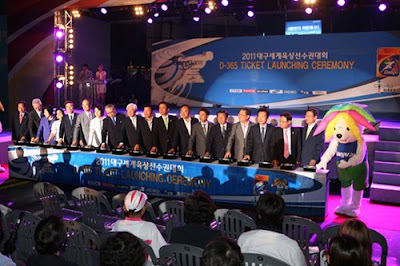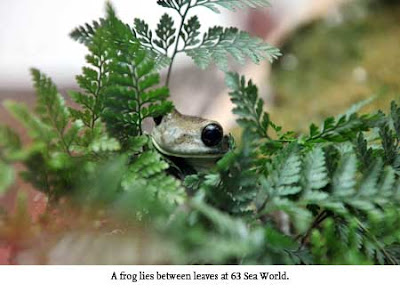Gyeongbokgung is one of the important palace which is located in the heart of the Seoul City. Everyday they show the morning session of the Joseon dynasty culture and the royal procession of the dynasty for public display. These ceremonies are intended to promote Korean traditional culture and to provide historical events for tourists.

 "
"
Palace Gate Guards from the Joseon period were responsible for guarding the gates of the city and the palace in which the king and royal families resided. They followed a strict procedure in opening and closing the gates as well as changing shifts to protect the royal court and the nation as a whole."

The Royal dress red and blue colour display at the Museum
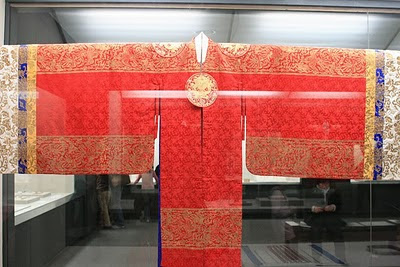

Head gear ornaments for Korean women

The Ancient Calender based on Solar System

Important significance of Mask and Korean Culture showcase at the museum

One of the important historical painting which signify the royal culture

The other side of the Palace

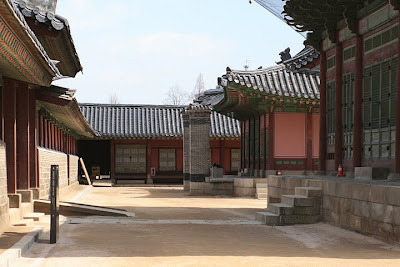

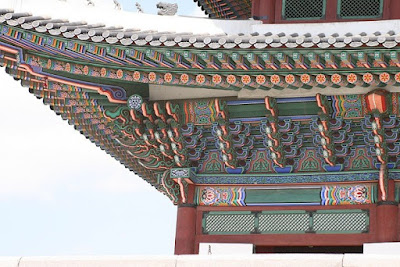

The Royal throne

Crouching Golden-dragon

These are the heritage that remind us the purity, rich and symbolic meaning of Korean traditional culture and treasure.
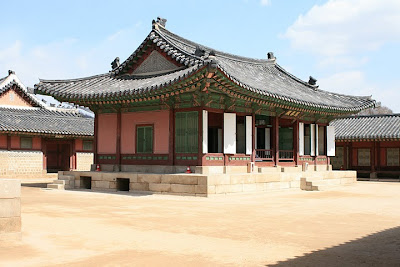

The traditional kitchen which can be hardly available at the modern Korea except in the country side or at the museum.
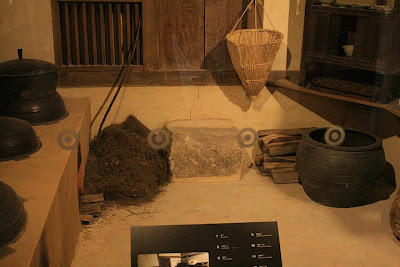
Different shapes and size of shoes which used to wear in those days.

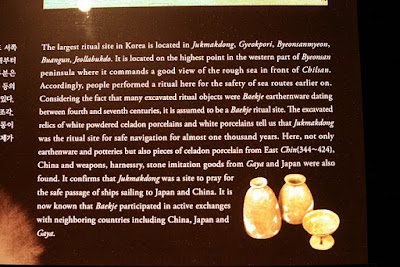

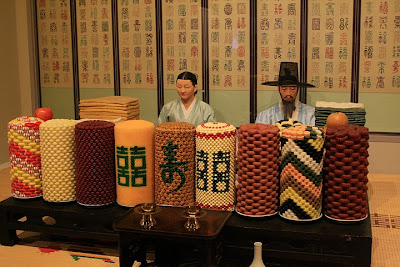
The Korean couple wearing traditional attires.
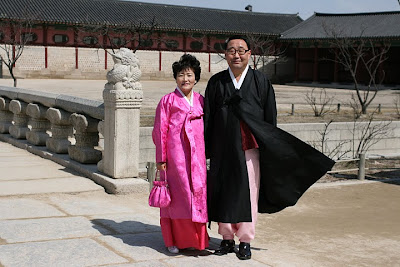
On the way to the Palace from the Blue House side

I always wanted to visit this palace again and again, the royal gurad and their parade draws me back to them again and again with their colourful dresses. I know I am away from Korea now but the memory and these beautiful pictures always refresh and make me dream to visit Korea again and again.
Palace Gate Guards from the Joseon period were responsible for guarding the gates of the city and the palace in which the king and royal families resided. They followed a strict procedure in opening and closing the gates as well as changing shifts to protect the royal court and the nation as a whole."
The Royal dress red and blue colour display at the Museum
Head gear ornaments for Korean women
The Ancient Calender based on Solar System
Important significance of Mask and Korean Culture showcase at the museum
One of the important historical painting which signify the royal culture
The other side of the Palace
The Royal throne
Crouching Golden-dragon
These are the heritage that remind us the purity, rich and symbolic meaning of Korean traditional culture and treasure.
The traditional kitchen which can be hardly available at the modern Korea except in the country side or at the museum.
Different shapes and size of shoes which used to wear in those days.
The Korean couple wearing traditional attires.
On the way to the Palace from the Blue House side
I always wanted to visit this palace again and again, the royal gurad and their parade draws me back to them again and again with their colourful dresses. I know I am away from Korea now but the memory and these beautiful pictures always refresh and make me dream to visit Korea again and again.






